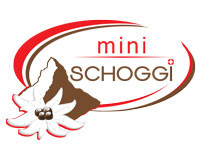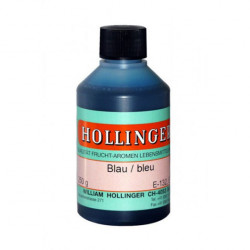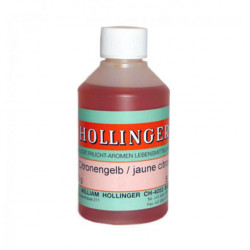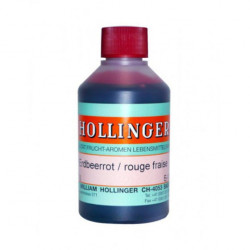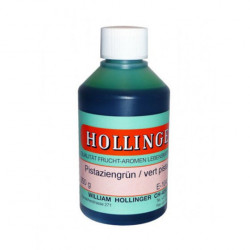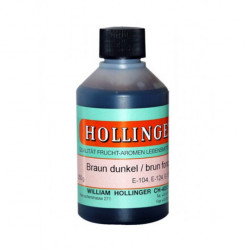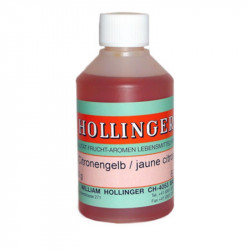A Mail deliveries
Order by 4 pm = delivery the next working day.
Free delivery
From CHF 100 purchase
-
MenuBack
-
Online Store
-
-
-
- Couverture
- Temperature control units
- Aids for chocolate
- Chocolate molds
- Praline fillings
- Chocolate ingredients
- Praline hollow body
- Chocolate colors
- Chocolate tattoos
- Chocolate packaging
- Bean to Bar
- Material for cutting chocolates
- Batons with Kirsch
- Airbrush for chocolate
- High Heels Accessories
- Textured films for chocolate
- Chocolate fountain & fondue
-
-
-
-
-
- Cakes Fillings & Ingredients
- Fondant & Marzipan
- Cakes tools
- Cake rings
- Silicone molds
- Decorative mats
- Baking pans for cakes
- Cake stand
- Cakes packaging
- Airbrush for cakes
- Sugar flowers accessories
- Cake Topper & Wedding Figurines
- Cakes dummies
-
-
-
-
-
-
-
-
-
-
-
-
-
-
-
-
-
-
-
-
-
-
-
- Baking chocolate
- Glucose & Sorbitol
- Cocoa beans
- Cocoa nibs
- Monin syrup
- Champagne & Alcohols
- Freeze dried fruits
- Cake & cake glaze
- Flours & baking ingredients
- Chocolate coating & chocolate
- Milk powder
- Granules
- Nuts & Nougat
- Fruit puree
- Creams & Fillings
- Egg yolk & egg white
- Fruit powder
- Special ingredients
- Fondant & Flower Paste
-
-
-
-
-
-
-
- Punching, cutting & embossing
- Mixing bowls & whisks
- Chocolate material
- Thermometer & Burner
- Gloves & Protective Material
- Smoothing & Modeling
- Roll out bar
- Dough scraper & horn
- (Flour) sieves
- Brushes & Tweezers
- Cake turntable
- Spatula & Spatula
- Silicone embossing molds
- Insert strips & cake slices
- Measuring cup
-
-
-
-
-
-
-
-
-
-
-
-
-
-
-
Schablonen & Stencils
-
-
-
-
-
-
-
-
-
-
-
Courses
-
-
- Current courses
- Praline courses
- Chocolate courses
- Chocolate kiss course
- Macaron courses
- Cake courses
- Baking courses
- Patisserie courses
- Ice cream course
- Guetzli, Cookie & Confectionery Courses
- Bread courses
- Pasta courses
- Apéro course
- Cooking courses
- Cupcakes courses
- Éclair course
- Courses in Zurich - Adliswil
- Children's courses
-
-
- Team Events
- Hen Night
- Retail Store
-
About Us
-
-
-
DirectionsDownload relevant PDF now.
-
-
-
Recipes blog
-
-
Recipes Blog
-
-
-
Shipping and Payment
-
List of products by brand Hollinger
If you're looking for bright, rich colours to enhance all kinds of treats, you're guaranteed to find what you're looking for with the products from Hollinger! With liquid food colouring, you can colour masses and create beautiful airbrush designs.
There are 10 products.
Active filters
The story of Hollinger began in Basel. Adolf Hollinger, the founder of the company, went from bakery to bakery on his motorbike. He also visited confectioners and restaurants and offered them his products. At that time, he sold various fruit essences and poison-free paints. These poison-free colours could thus also be used for creams, doughs or decorations, which were then sold in the confectioneries and bakeries.
in 1925 Adolf Hollinger started his new business, at that time he also lived near his office. Through his visits to various bakeries, restaurants and confectioners, he learned a lot about the craft and was able to find other possible lines of trade. He soon became very interested in ceramic products such as bowls, moulds and work surfaces. Soon he set up a factory a little outside the residential area where parts made of enamel were produced. These could be used for a wide variety of everyday objects. Enamel was used in refrigerators, washing machines and ovens, but also bowls, signs and jewellery were made of it.
Nowadays, as we know, many of these products are no longer made of the same material. Plastic and chrome steel replaced enamel, moreover, there were many competing companies and Hollinger gave up the processing of enamel again.
Instead, he preferred to concentrate on the flavours and food colours, which were still very popular and widely known. The flavours were mixed by Adolf Hollinger himself, his range included many commercially available flavours such as vanilla, strawberry or raspberry but also seasonal products such as panettone or cinnamon flavour. Sometimes he was even allowed to create special products for a customer.
The flavours were used for pastries, ice creams, creams and much more. Huge quantities of them were needed in bakeries and confectioneries. During the high season, several tons of different flavours could be ordered and delivered. Since so much was needed, larger units were also packed. The flavours were filled into large glass bottles and brought to the bakeries. As soon as the contents were used up, the glass bottles were returned and refilled.
Nowadays, smaller quantities are often needed, as the products from Hollinger are also popular with private individuals thanks to their excellent quality. Glass bottles are no longer used today, the flavours and colours are sold in practical plastic bottles.
The company was taken over by his son, William Hollinger, after many years with Adolf Hollinger as business manager. Under his management, the production and sale of liquid dyes was then further expanded. The colours were developed and mixed in the office where Adolf already worked and tinkered. With a large colour mill, the individual ingredients were ground and combined correctly.
in 2019, the own production of Hollinger was then closed, but the brand and the recipes were sold to Günter Aroma AG. Some equipment, such as the colour mill, was also passed on to Günter Aroma. Thus, the brand and the high-quality colours and aromas from Hollinger continue to exist.
Application of the Hollinger colours
Liquid colours are suitable for various applications. For example, they can be used for colouring mirror glaze or egg white spray glazes. However, we advise against using them with marzipan, fondant or buttercream, as the liquid colour could negatively affect their consistency.
We particularly like to use the Hollinger liquid colours for airbrushing. The colour is sprayed as a fine mist with the help of an airbrush gun. Different intensities can be sprayed by hand, but it is particularly easy to use special airbrush stencils. Find a motif you like in our shop and order the accessories. Most sets come with several or one multi-part stencil. This allows you to create multi-coloured images. Then choose a suitable background. You can either airbrush directly onto a fondant-covered cake, a cupcake or onto a fondant topper. For a fondant topper, roll out white fondant and cut out a large circle about the size of a cake. Practising on cupcake or cake toppers is a good start, especially for beginners, because if something goes wrong, it's not so bad.
Then choose a suitable colour and start according to the pattern on the stencil. Apply the first stencil, which is usually the primer or main colour. For example, the surface of the bear is primed in brown, while a flower is first given a delicate base colour such as pink or yellow. Then the stencil is removed, if it is a multi-part stencil, washed off and then the next part is applied. With another colour, for example, the eyes of a bear or leaf veins, pollen and colour gradients of a flower are sprayed on. In this way, more and more details are applied one after the other, which together create a great motif.
With the stencils, even newcomers can easily create wonderful decorations right away. With a little patience and practice, a great pattern can also be sprayed freehand. At the beginning, it is best to choose simple ideas and, for example, simply spray a few colours as spots next to each other as a primer for a colourful children's birthday cake.
To start with, a background of lots of flowers or other decorations is also good. For example, create a mottled green meadow or a blue sky with subtle clouds. This will give you a good feel for the different spraying techniques and you will soon be able to create more complicated motifs.
